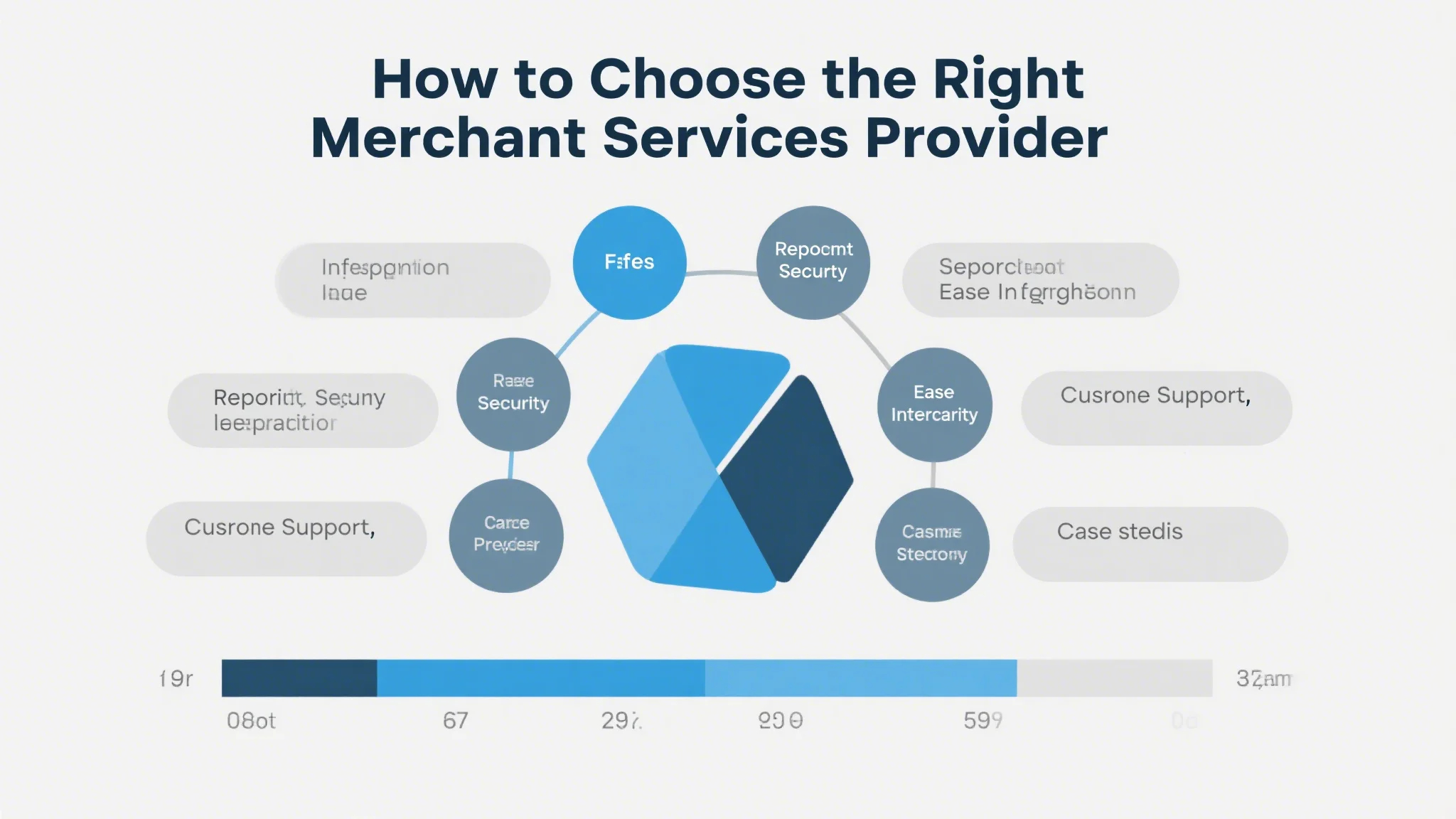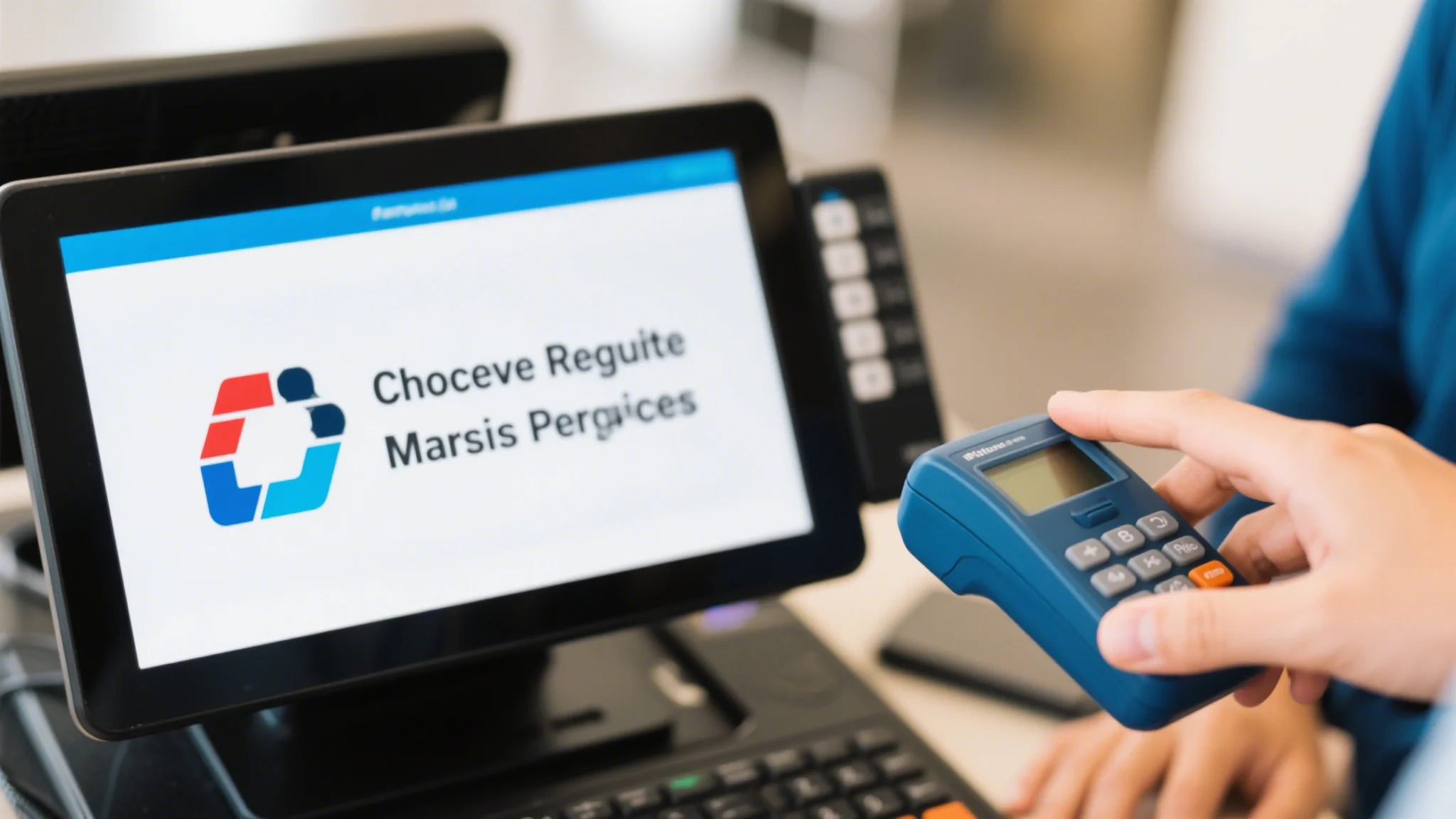In the world of e-commerce and online payments, not all businesses are treated equally. While some industries enjoy the ease of opening a standard merchant account, others face significant hurdles due to their perceived riskiness. These businesses often require what’s known as a high-risk merchant account. But what exactly are these accounts, and why are they necessary? Let’s delve into the details.

What Are High-Risk Merchant Accounts?
High-risk merchant accounts are specialized financial accounts designed for businesses that fall into industries deemed high-risk by payment processors and banks. These industries include, but are not limited to, adult content, gambling, cryptocurrency, travel agencies, and even some retail sectors. The term “high-risk” doesn’t necessarily mean that these businesses are fraudulent or unethical; rather, it reflects the perception that these industries have a higher likelihood of chargebacks, disputes, or financial irregularities.
Why Are High-Risk Merchant Accounts Necessary?
For businesses in high-risk industries, securing a standard merchant account can be challenging. Traditional banks and payment processors are often reluctant to work with these businesses due to the associated risks. Without a merchant account, these businesses would struggle to accept payments, limiting their ability to operate and grow. High-risk merchant accounts provide a solution, allowing businesses to process transactions despite their industry’s reputation.
The Challenges of High-Risk Merchant Accounts
While high-risk merchant accounts are essential for many businesses, they come with their own set of challenges. One of the primary issues is the higher cost associated with these accounts. Payment processors often charge elevated fees to offset the perceived risk. Additionally, businesses may face stricter terms and conditions, such as limited transaction amounts or higher deposit requirements.
Another significant challenge is the potential for account closure. High-risk merchant accounts are often subject to rigorous monitoring, and any deviation from the agreed terms can result in the account being terminated. This can leave businesses in a precarious position, unable to process payments and serve their customers.
How to Get Approved for a High-Risk Merchant Account
Securing approval for a high-risk merchant account requires careful planning and preparation. Businesses should be prepared to provide detailed financial information, including sales history, credit reports, and bank statements. It’s also crucial to demonstrate a clear understanding of the industry and the risks involved.
Working with a reputable payment processor that specializes in high-risk accounts can significantly increase the chances of approval. These processors are experienced in navigating the complexities of high-risk industries and can offer tailored solutions to meet specific needs.
The Risks of High-Risk Merchant Accounts
While high-risk merchant accounts open up opportunities for businesses in challenging industries, they also come with inherent risks. One of the most significant risks is the potential for chargebacks. High-risk industries often experience higher chargeback rates, which can lead to increased costs and even account termination.
Another risk is the possibility of financial loss due to payment processor disputes. In some cases, payment processors may freeze funds or refuse to settle transactions, leaving businesses without access to their revenue. This can disrupt operations and harm customer trust.
Managing High-Risk Merchant Accounts
To mitigate these risks, businesses must take proactive steps to manage their high-risk merchant accounts effectively. One of the most important strategies is to maintain open communication with the payment processor. Regularly updating financial information and addressing any concerns promptly can help build a strong relationship and reduce the likelihood of issues.
Additionally, businesses should implement robust fraud prevention measures. This includes monitoring transactions for suspicious activity and using tools like address verification systems (AVS) and card verification codes (CVV). By minimizing fraud, businesses can reduce their chargeback rates and maintain a better standing with their payment processor.
The Importance of Compliance
Compliance is another critical factor when managing a high-risk merchant account. Businesses must ensure that they adhere to all applicable laws and regulations, both at the national and international levels. Failure to comply can result in legal penalties, account closure, and reputational damage.
Working with a payment processor that has a strong understanding of compliance requirements can help businesses navigate this complex landscape. These processors can provide guidance on staying compliant while still meeting the unique needs of the business.
Building a Strong Relationship with Your Payment Processor
Ultimately, the success of a high-risk merchant account depends on the relationship between the business and its payment processor. A strong partnership built on trust and mutual understanding can help businesses navigate the challenges of high-risk industries and achieve long-term success.
To build this relationship, businesses should look for payment processors that are not only experienced in handling high-risk accounts but also committed to providing exceptional customer service. By working with a processor that values transparency and responsiveness, businesses can feel confident in their ability to manage their merchant account effectively.
High-risk merchant accounts are a vital tool for businesses in industries that are often overlooked by traditional payment processors. While these accounts come with their own set of challenges, they also offer unique opportunities for growth and success. By understanding the risks, taking proactive steps to manage the account, and building a strong relationship with a reputable payment processor, businesses can thrive in even the most challenging industries.
Remember, securing and maintaining a high-risk merchant account requires careful planning, ongoing communication, and a commitment to compliance. With the right approach, businesses can unlock the full potential of their operations and achieve their goals in the competitive world of e-commerce.
